The Introduction to the Magee System of Technical Analysis
$20.39
| Author(s) | , |
|---|---|
| Pages |
280 |
| Format |
|
| Publication Year |
2002 |
The Introduction to the Magee System of Technical Analysis opens with a concise statement of the principles and basics of technical analysis by the most important master of the craft, John Magee. He expounds on the history of technical analysis, on its most important concepts, such as support/resistance and trends and the patterns that occur over and over in all charts. Then the editor/co-author summarizes and abstracts Magee’s work to prepare the reader for the continued study of concepts and tools developed in large part after Magee practiced.
Author’s Introduction:
Included is material on Magee’s methods for managing portfolios and controlling risk, including a description of his stop systems. To my knowledge there are no better stop systems extant. Then this book presents a brief survey of number-driven technical methods, along with descriptions of Candlestick charting and Point and Figure charting. Magee follows with a semantical discussion of his method, calculated to give readers a rational confidence in the process.
My intention is that the conscientious reader should emerge from the book with a well-rounded grasp of Magee-type analysis and be able profitably to manage a mid- to long-term investment portfolio — without, of course, attempting anything fancy or clever. Not to discriminate against the fancy and clever (that being my history), racy traders will find here the indispensable perspective and foundation on which to rest further studies. And the direction these studies should take will be pointed out to them.
Traders need to know the same thing investors need to know. They also must know other things which the investor will profit from knowing. Some of this is presented here. To this end, this book includes appendices on Directed Further Study as well as on Resources for all types of investors. Included also is material on suggested trading plans for all different types of investors — plungers to the somnolent.
Contents:
- A BRIEF HISTORY OF DOW THEORY AND THE FOUNDATIONS OF TECHNICAL ANALYSIS
- THE CENTRAL CONCEPTS AND VOCABULARY OF TECHNICAL ANALYSIS
- MAGEE’S METHODOLOGY: RISK MANAGEMENT, PORTFOLIO MANAGEMENT, AND RHYTHMIC TRADING. PRAGMATIC PORTFOLIO THEORY FROM BASSETTI
- OTHER TECHNICAL ANALYSIS TOOLS: NUMBER-DRIVEN TECHNIQUES, CANDLESTICKS, AND POINT-AND-FIGURE-CHARTING — ALGORITHMIC TRADING
- CONSIDERATIONS FOR TRADERS/ INVESTORS OF WHATEVER STRIPE — DAY TRADERS TO LONG-TERM INVESTORS
- TRADING IS ONLY HALF SYSTEMS AND METHODS — THE OTHER 90% IS MENTAL
The Introduction to the Magee System of Technical Analysis By John Magee, W. H. C. Bassetti pdf
2 reviews for The Introduction to the Magee System of Technical Analysis
Clear filtersOnly logged in customers who have purchased this product may leave a review.

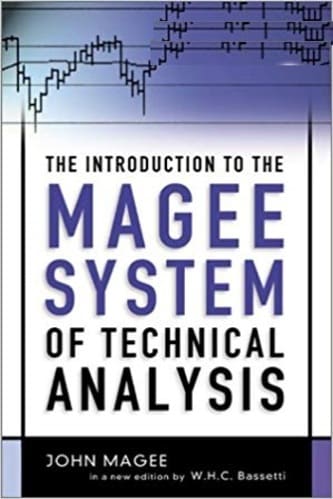


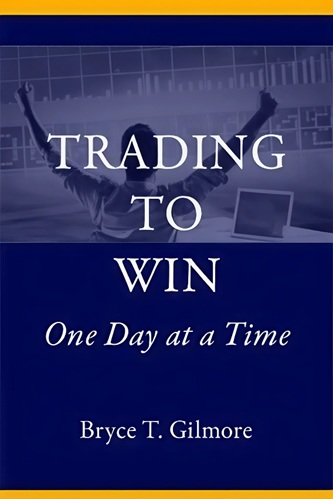
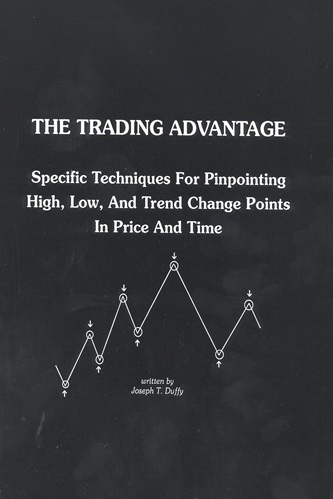
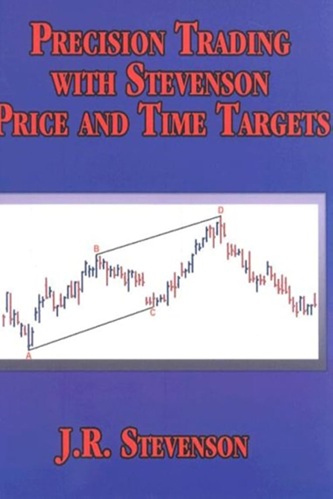
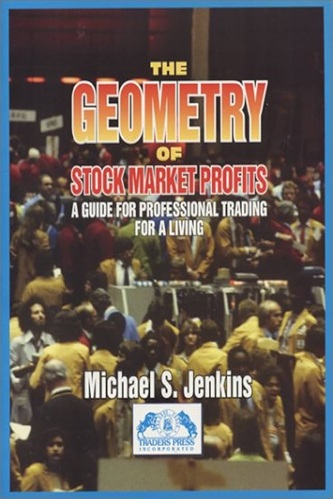
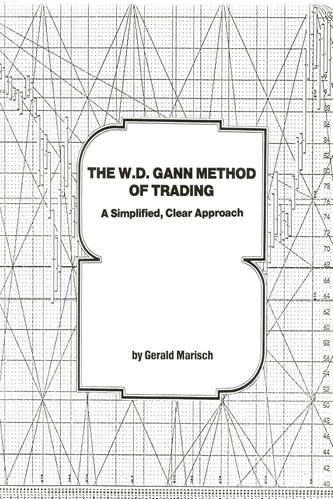
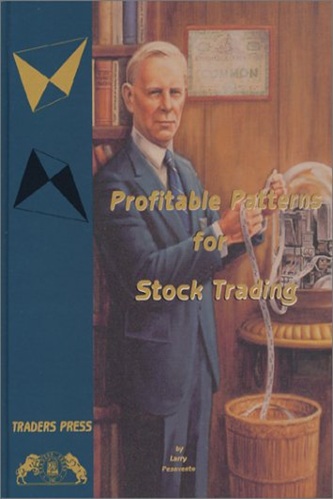
Sam Hess (verified owner) –
This excellent, concise introduction to technical analysis is recommended to anyone who needs basic descriptions of technical indicators. All collections.
Kaliyah Brennan (verified owner) –
This is a reasonable introduction that covers all the important things. The focus is (as it should be) on money management, and very simple (but effective) technical analysis. Support & Resistance, trendlines, and moving averages are the primary mechanisms used. I thought it was a little confused, at parts, and found myself comparing it to John Murphy’s Visual Investor. They both seem to have a similar target audience (people new to technical analysis). On the one hand, The Magee book covers money management which Murphy seems to do a poor job covering in his books (Technical Analysis of the Financial Markets has a bit on it, but nothing extensive — none of his other books mention it at all), but the Visual Investor gets the nod for just being a better written effort.
If this is your first book on TA, you should be fine, although I think Visual Investor covers the topic better. If you are already familiar with the basics, I would pass this one over for a more advanced book.